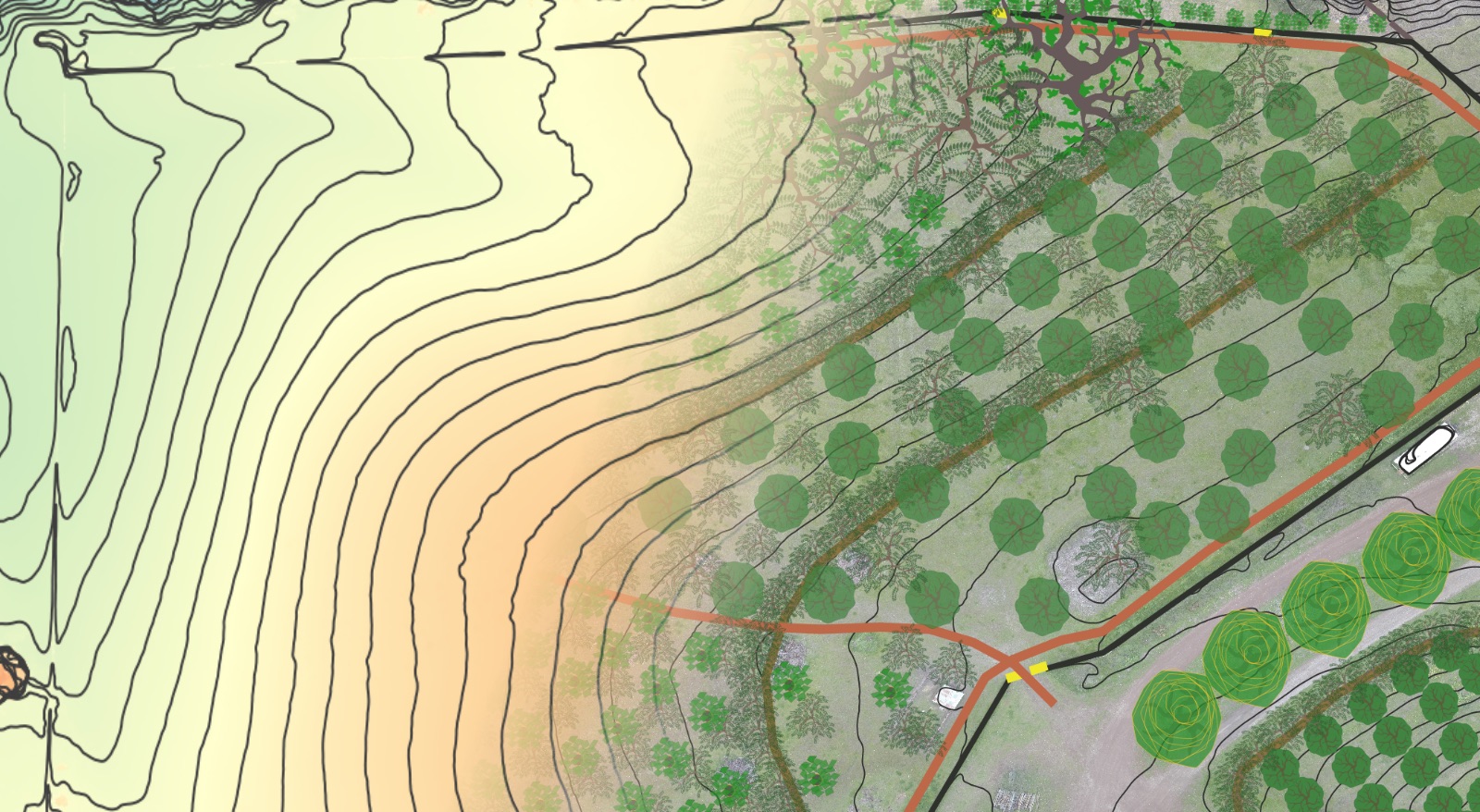Your cart is currently empty!
Exchanging Value In The Regenerative Agora: Cryptocurrency As A Medium Of Exchange
on
Welcome To The Regenerative Economics Series
Regenerative Economics series is all about creating new ways to transact value outside the boundaries of State power, in service of Mother Earth, her people and creatures, and future generations.
- The Regenerative Agora: Counter-Economics For Stewards Of The Future
- Borrowing Without Intent To Repay: How Modern Fiat Currency Systems Concentrate Wealth By Design
- Creating Wealth With The 8 Forms Of Capital
- The 7th Generation Principle: Designing Ecosystems For Continuity Across Generations
- Exchanging Value In The Regenerative Agora: Cryptocurrency As A Medium Of Exchange
Exchanging Value In The Regenerative Agora
Debt-backed fiat currency issued by central banks is currently the dominant form of currency in our world. We can qualitatively examine this critical element of human society and economy using the Regenerative vs. Degenerative Continuum.

- For a process to be regenerative is to cycle energy amongst involved elements and the broader life web in a self-reinforcing pattern of increasing integrity, coherence and function, ultimately increasing life expression.
- For a process to be degenerative is to move energy in a linear fashion from integrity, coherence and function to disintegration, incoherence and dysfunction., ultimately diminishing life expression.
We can further delineate what it means to create a regenerative system by overlaying another axis – the mindset that is driving the current thoughts, beliefs and actions being undertaken.
- An abundant mindset is creative, seeing obstacles as opportunities for growth in knowledge, capability, perception, and connection.
- A scarce mindset is fear-based and lacks creativity, seeing obstacles as immovable burdens unfairly dealt out by life’s randomness, imposing disability, misperception and isolation.
And finally, we can use the 5 Categories of Resources as outlined by Bill Mollison on page 16 of the Permaculture Designer’s Manual to assess the resource footprint of any system of production or pattern of existence.
- Type 1: Those which increase by modest use.
- Type 2: Those unaffected by use.
- Type 3: Those which disappear or degrade if not used.
- Type 4: Those reduced by use.
- Type 5: Those which pollute or destroy other resources if used. (NOTE: This resource category has no place in a sustainable design).

With this continuum in mind, let us examine how our current currency systems actually functions.
- Every new dollar created ‘steals’ value from all other currently existing dollars due to the fact that it is backed by debt, and quite literally created from nothing.
- This debt is issued by the government as a promise to repay in the future with interest.
- That repayment with interest is why our income is taxed – to pay down previously made promises plus their interest.
- Because every dollar is born as debt plus interest there is never actually enough currency in existence to pay back all outstanding debts – therefore debts must grow exponentially or the system collapses on itself.
- Currency creation is completely monopolized by the Federal Reserve (or whatever a given country’s central bank is called) – i.e. no one else can mint currency (because who wouldn’t love to write checks against an account with nothing in it!). The Federal Reserve (which is a private bank, not a government agency) holds government IOUs (bonds – a.k.a. promises) that are repaid with interest (by our tax dollars), and that interest is paid out annually as a dividend to its owners (the big banks) each year.

(If any of this isn’t already familiar, we highly recommend reading the first post this series, Borrowing Without Intent To Repay: How Modern Fiat Currency Systems Concentrate Wealth By Design, where we illustrate step-by-step exactly how new currency is made and how the system concentrates wealth amongst those who already have the most by design).
From even this brief description, it is obvious that debt-backed fiat currency issued by central banks is profoundly degenerative in its process (concentrates wealth amongst those who already have the most of it i.e. is extractive) and fundamentally based in scarcity (there is never enough to pay back outstanding debt and it is always losing value). The wealth is not cycled throughout the economy, rather it is extracted from the land and those who have the least and moves in one direction towards those who have the most by simple virtue of how the currency is created.
Can we ever have a regenerative economy if our medium of exchange is so perversely weighted against regenerative process and abundant mindset?
No, we cannot.
The U.S. dollar will collapse at some point, or there will be a great ‘Reset’, or some other crisis (planned or exploited) will bring about currency destruction and revaluation. For those of us wishing to participate in the regenerative agora, we would be wise to move as much of our economic lives as possible into other-than-financial realms to avoid the painful, and potentially catastrophic, effects of currency destruction. If you haven’t already, we recommend taking 6 minutes to read Creating Wealth With The 8 Forms Of Capital, in which I detail the 8 Forms of Capital Model and a paradigm for creating true wealth that underpins everything we cover from this point onward in the Regenerative Economics series.
Complementary Currencies
This is where ‘alternative’ (a.k.a. historically normal) mediums of exchange come into play, what we will call complementary currencies for purposes of discussion.
Complementary currencies are not designed to replace national currencies (as there are advantages to having common mediums of exchange at the national and international levels), but to function alongside them to enable local value circulation without huge percentages being siphoned off by large multinational corporations, central banks or governments. This improves local economic conditions by keeping value circulating within a community.
One feature common among many complementary currencies from history is the concept of demurrage – essentially a time-based fee for holding money. These fees would typically be assessed on a regular cycle (annually, once every 7 years etc.) to encourage re-investment in place of accumulation. With a demurrage fee it wouldn’t make good economic sense to hold on to the currency for long periods of time with the idea of amassing a large stockpile of financial capital. Individuals were incentivized to transform any financial surplus into other forms of capital (on which the fee would not be assessed). In order to retain the wealth represented by the financial capital, the money was invested back into productive enterprise and beautiful craftsmanship – things that would produce and retain value over time.
The topic of complementary currencies is a rich and vast field, one well worth exploring given the times in which we live. There are many (thousands) of complementary currency systems already active and thriving around the world from which to garner lessons about what works, what doesn’t and why.
An excellent first introduction to complementary currencies and how nature can inform their design to create incentives aligned with regenerative outcomes is The Future Of Money by Bernard Lietaer [Free downloadable PDF version available here].
Cryptocurrency: A Means Of Exchange For The Agora
The advent of cryptocurrency with the release of Bitcoin’s source code in 2009 has represented a tremendous leap forward in the complementary currency space. Indeed, the potential exists to completely replace state-issued fiat currencies (which unsurprisingly has governments around the world quite alarmed). Following Bitcoin’s initial price run up in 2011 the number of ‘alternative’ cryptocurrencies began to proliferate rapidly, each offering different features and capabilities in a true agora of financial innovation.
There are a number of features that make cryptocurrency a very appealing means of transacting value for the Regenerative Agorist, and they are especially easy to appreciate when compared side-by-side with debt-backed central bank issued fiat currency. Below is a comparison of bitcoin (BTC) to a Federal Reserve note (the U.S. dollar).
| Characteristics | U.S. Federal Reserve Note (U.S. Dollar) |  (BTC) |
|---|---|---|
| Fixed currency supply? | NO – The Fed creates more dollars whenever it wants by purchasing government-issued debt. | YES – only 21 million bitcoin will ever exist. |
| Fungible? (every unit is the same as every other unit) | NO – physical bills are marked, traceable, can be tied to certain individuals, digital U.S. dollars are one of the most monitored currencies in the world. | YES – any fraction unit of bitcoin is the same as any other, albeit with traceable lineage to an extent. |
| Transparent? | NO – The Federal Reserve is a private bank unbeholden to oversight. | YES – entire financial eco-system is on a public blockchain, anyone can verify transactions occurred as they were meant to. |
| Divisible? | YES – down to 1/100th of a unit (a penny). | YES – BTC is divisible out to 1/100 millionth of a unit (a satoshi, or “sat”). |
| Secure? | NO – the money in your bank account does not technically belong to you (see Cyprus bail ins), current legislation has paved the way for future bail-ins (we are all unsecured creditors at our banks). | YES – Only you control the private keys to your BTC (at least if you’re practicing good security hygiene), far greater security available through cold storage, 2 Factor Authentication, hardware wallets and more. |
| Fast? | NO – it still takes days to transfer from bank to bank, or to wait for a check to clear. | YES – relative to electronic dollar transfers, though speed has varied depending on network congestion caused by a variety of factors. |
| Store of Value? | NOT A GOOD ONE – The dollar is the slowest falling currency currently of all national fiat currencies, therefore it has the appearance of strength, but ultimately the purchasing power of the dollar declines every year (~ 97% since 1913) – this is by design, it has to function this way or the system collapses. | YES – The supply of BTC is capped at 21 million. Its model is deflationary, over time it has and most likely will continue to appreciate in value instead of depreciate as more and more goods and services compete for the same pool of bitcoin. |
| Private? | PARTIALLY – Only cash-based peer-to-peer transactions are private. Digital dollar transactions are not private, heavily tracked, and rely upon 3rd parties (credit card companies, banks etc) that we are forced to trust. | USER’S CHOICE – BTC can be used in a completely peer-to-peer (P2P) fashion, and gives the individual user the choice of transacting transparently, privately, or anonymously. |
| Anonymous? | NO – forced trust of 3rd parties or P2P cash transactions prohibit anonymity | CAN BE – Transact securely across the globe with anyone in the world, neither individual has to know the other, and steps can be taken to almost guarantee you’ll remain unknown indefinitely. |
| Cost of Use? | HIGH – transaction fees are high (3% credit cards, up to 10%+ for remittance, every time a dollar moves it is taxed) | VARIABLE TO LOWER – Transactions fees vary on the bitcoin network, and are often prohibitively high to allow for smaller every day transactions. The Lightning Network is a second layer protocol that supposedly solves this, but there are security and scalability issues |
Cryptocurrencies are still young and very much still in the ‘early adopter’ phase of their evolution. The precedent for peer-to-peer digital transaction has been set however, and the space continues to evolve rapidly, driven by the unceasing efforts of central banks around the world to create cashless societies with purely digital central bank currencies (not cryptocurrencies) that will enhance the Scope, Reach and Will of State power.
Explore The Entire Regenerative Economics Series
Regenerative Economics series is all about creating new ways to transact value outside the boundaries of State power, in service of Mother Earth, her people and creatures, and future generations.
- The Regenerative Agora: Counter-Economics For Stewards Of The Future
- Borrowing Without Intent To Repay: How Modern Fiat Currency Systems Concentrate Wealth By Design
- Creating Wealth With The 8 Forms Of Capital
- The 7th Generation Principle: Designing Ecosystems For Continuity Across Generations
- Exchanging Value In The Regenerative Agora: Cryptocurrency As A Medium Of Exchange




